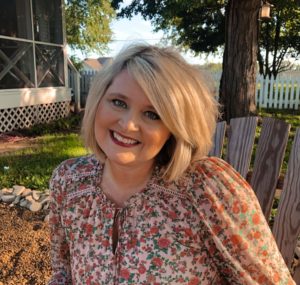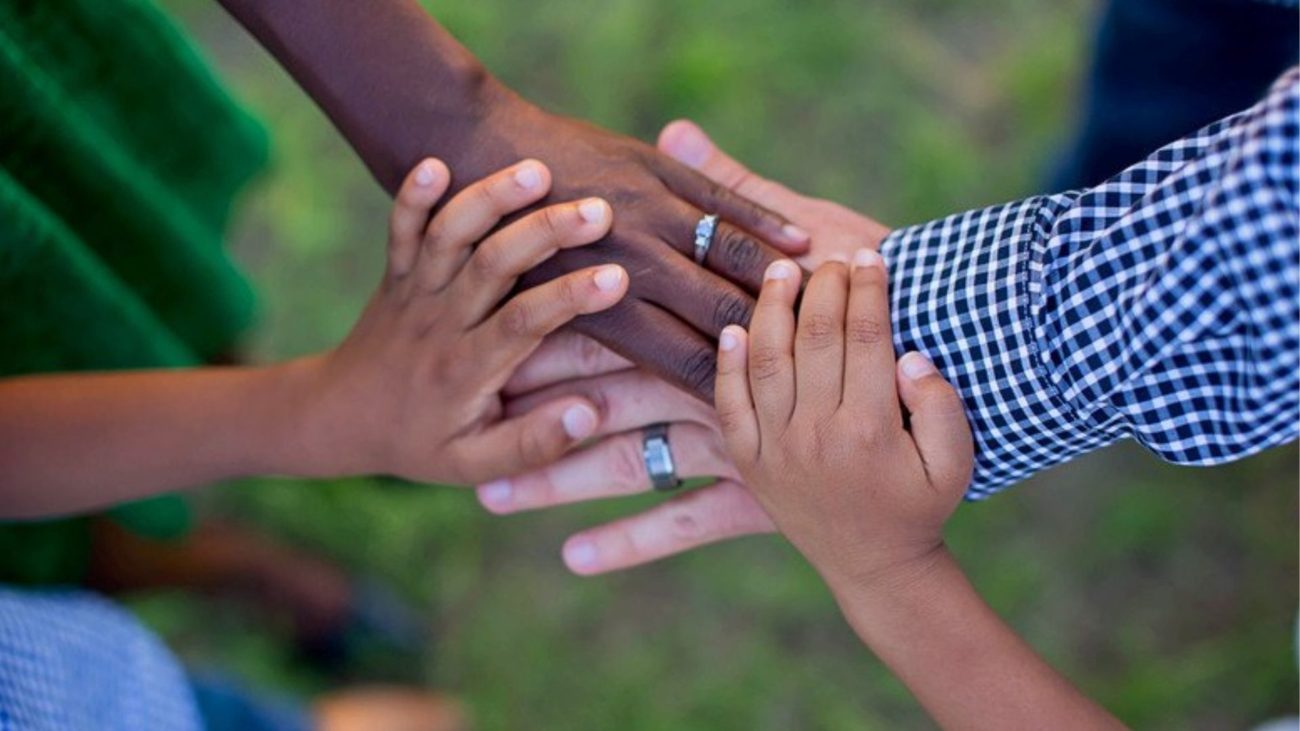Attachment
Loving – Attaching – Connecting

Finding love and connection in a social distancing society can be a challenging yet rewarding adventure. Connection is the key to our best selves. The healthiest versions of ourselves are found in connection with others.
I recently found the book “Attached” by Amir Levine M.D and Rachel S.F. Heller M.A. It is a helpful source on attachment styles, assessments, and overall good information on how to connect in relationships.
Everyone hopes they have a secure attachment style, but unfortunately, that is not always the case. We are all find ourselves somewhere on a spectrum of Secure, Anxious, Avoidant, or the Anxious- Avoidant mix. This is not a diagnosis, rather it is a tool to a fluid movement to become our best selves and find a secure partner.
Attachment is connected to safety. Safety in relationships is described as security. Our attachment styles are influenced by our upbringing, but they are not a terminal diagnosis. It is more importantly understood as a spectrum. We all land somewhere on the spectrum between secure, anxious and avoidant attachment styles.
How do I know if I have an anxious attachment?
An anxious attachment is where our anxiety increases when our attachment is activated. This can result in excessive texting, calling, checking in or a constant need for reassurance. When our attachment is activated, it can result in feelings of anxiety which lead to actions that could seem clingy or insecure.
What is the avoidant attachment style?
The avoidant attachment style is activated when someone comes too close. This seems strange unless you have experienced this first- hand. A person withdraws when they feel someone has activated their attachment style. They may distance themselves or pull away completely, or just withdraw for a short period of time.
Then there is the Anxious- avoidant.
The anxious- avoidant is a mixture of both. The most confusing of all because it pursues and withdraws and can send confusing messages to the partner of an anxious-avoidant. The person will experience anxiety when you are away but will withdraw if they feel too smothered.
We all think it should be obvious to know what a secure attachment style is, and hope we end up in a relationship that is secure, but I wanted to point out some key points for finding a partner that may not be so obvious.
Security is not always the glamourous choice. Beware of the “excitement” that you feel when caught in the pursuing or withdrawing pattern because anxiety can be misunderstood as “passion”.
The “crushes” that we experienced in our younger years taught us that wanting what we can’t have has a magical effect on us. The excitement we feel from desiring a person we wish we could have but can’t only left us empty and sad. This is not passion. This is anxiety.
Security does not always give us those “butterflies” feelings. The nervous feeling could be anxiety. Passion is not anxiety.
Security can also seem boring. If the cycle of withdraw and pursue becomes the default mode for relationships, a secure attachment could seem boring. The secure attachment should satisfy your deepest need for connection and provide safety to your soul, not unrest or anxiety.
Security can still be achieved even if you have never experienced it. Even if you have grown up in an anxious or avoidant home, you can have a corrective attachment experience with a partner in your adult years.
There is hope and it is attainable, even in the world of online dating and social distancing.
If you want to check out the book “Attached’ for a more in- depth description of attachment styles and it includes an assessment. You can find your attachment style and be in your way to a secure relationship and a happily ever after!
Happy Attaching!

Kristina Bragg, MA specializes in working with clients navigating life transitions, parenting, illness, loss, or anyone else experiencing life. She uses a human approach to counseling mixing laughter, genuineness, support, and encouragement to advocate for self-acknowledgment, compassion, and hope. When she’s not helping people, she’s spending time building on her relationships with family and young adult childen.

